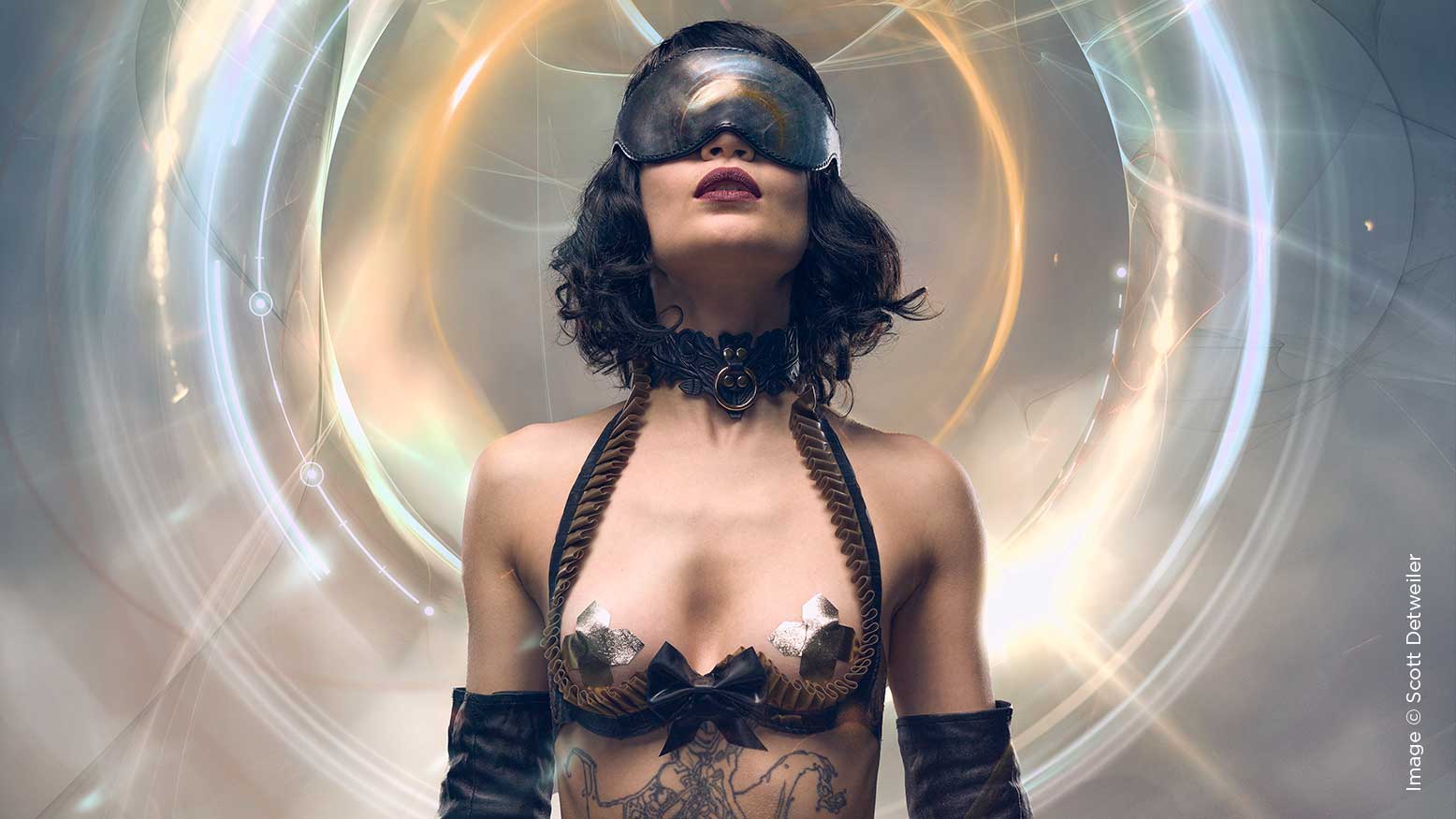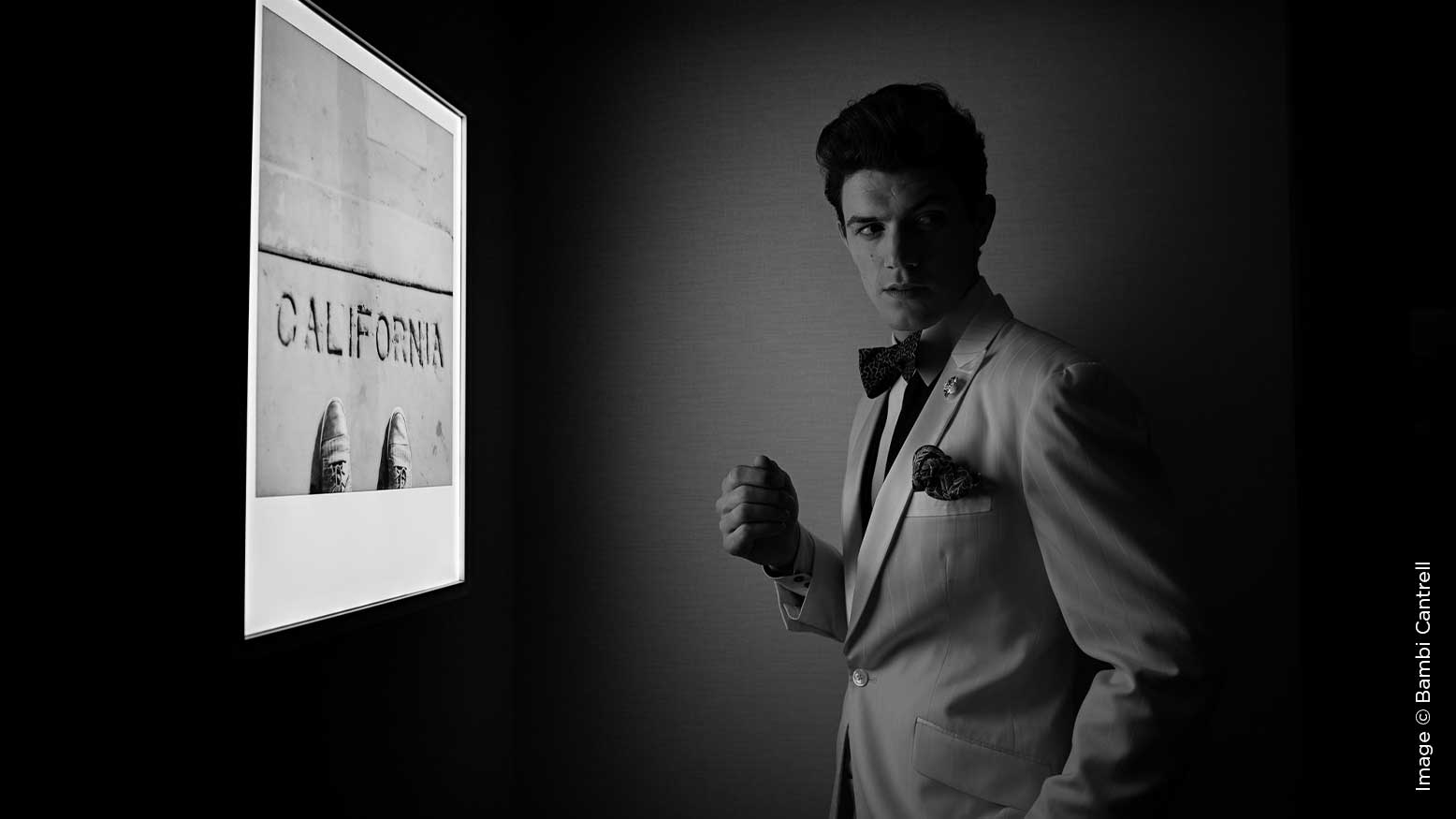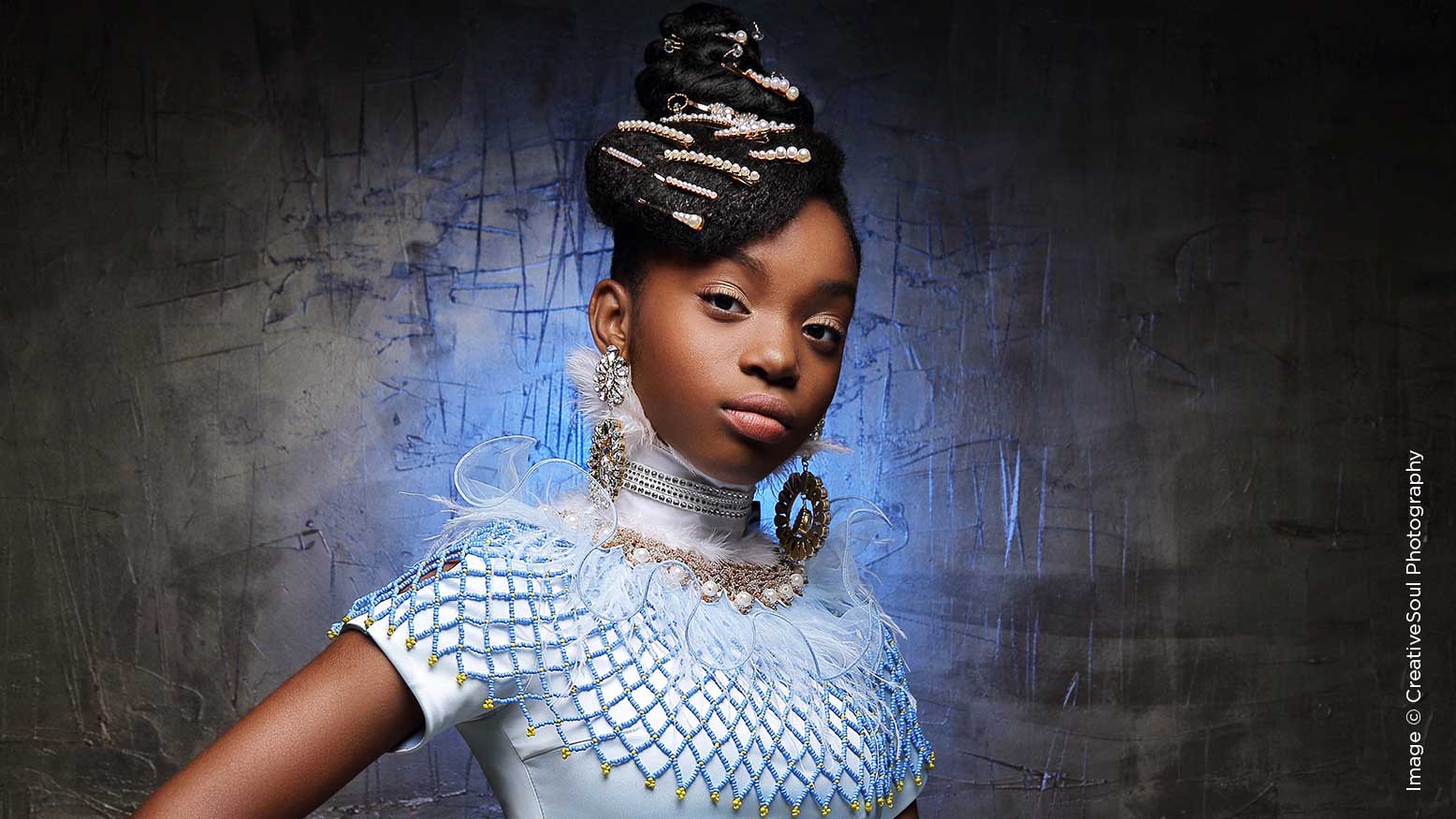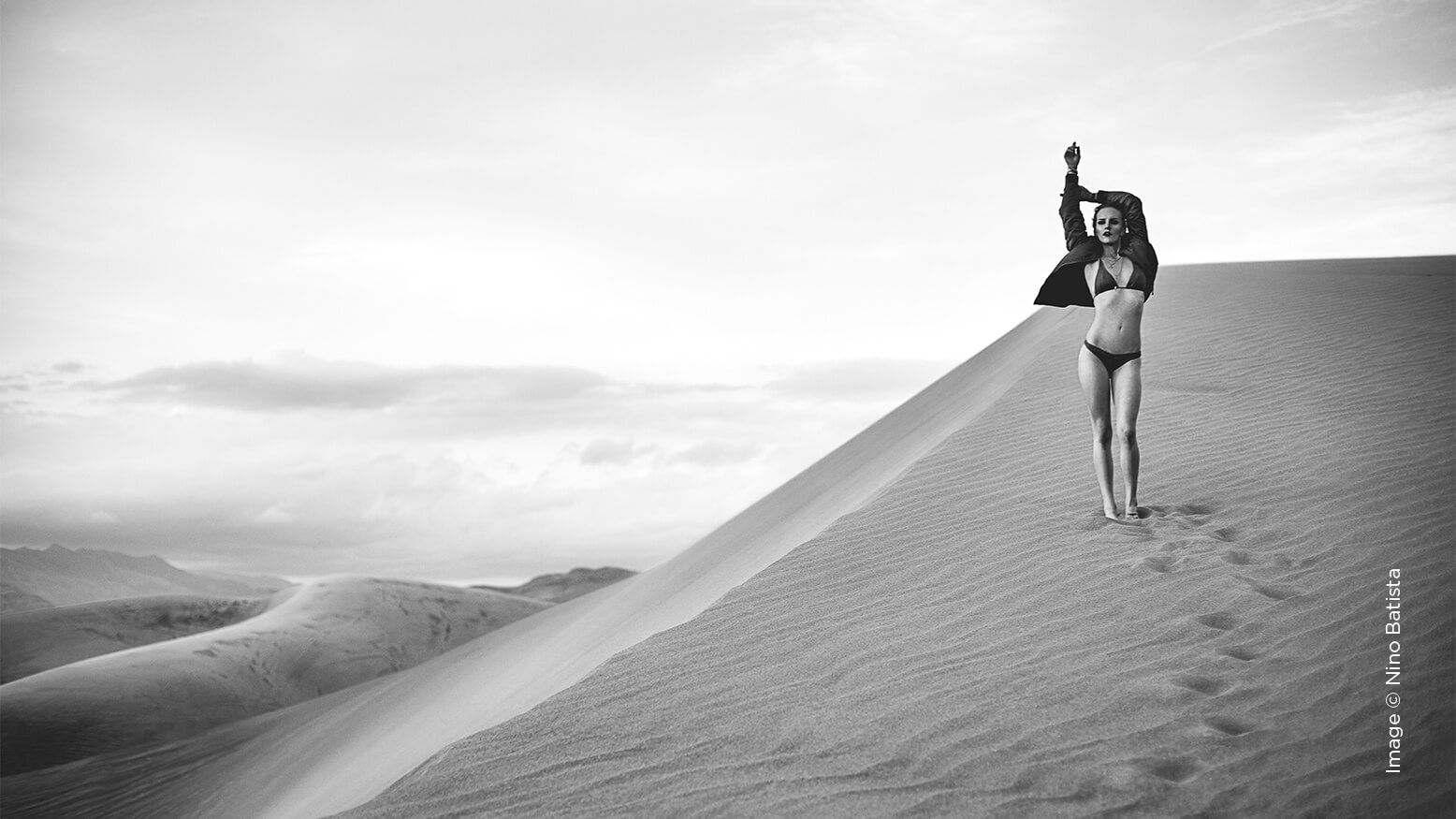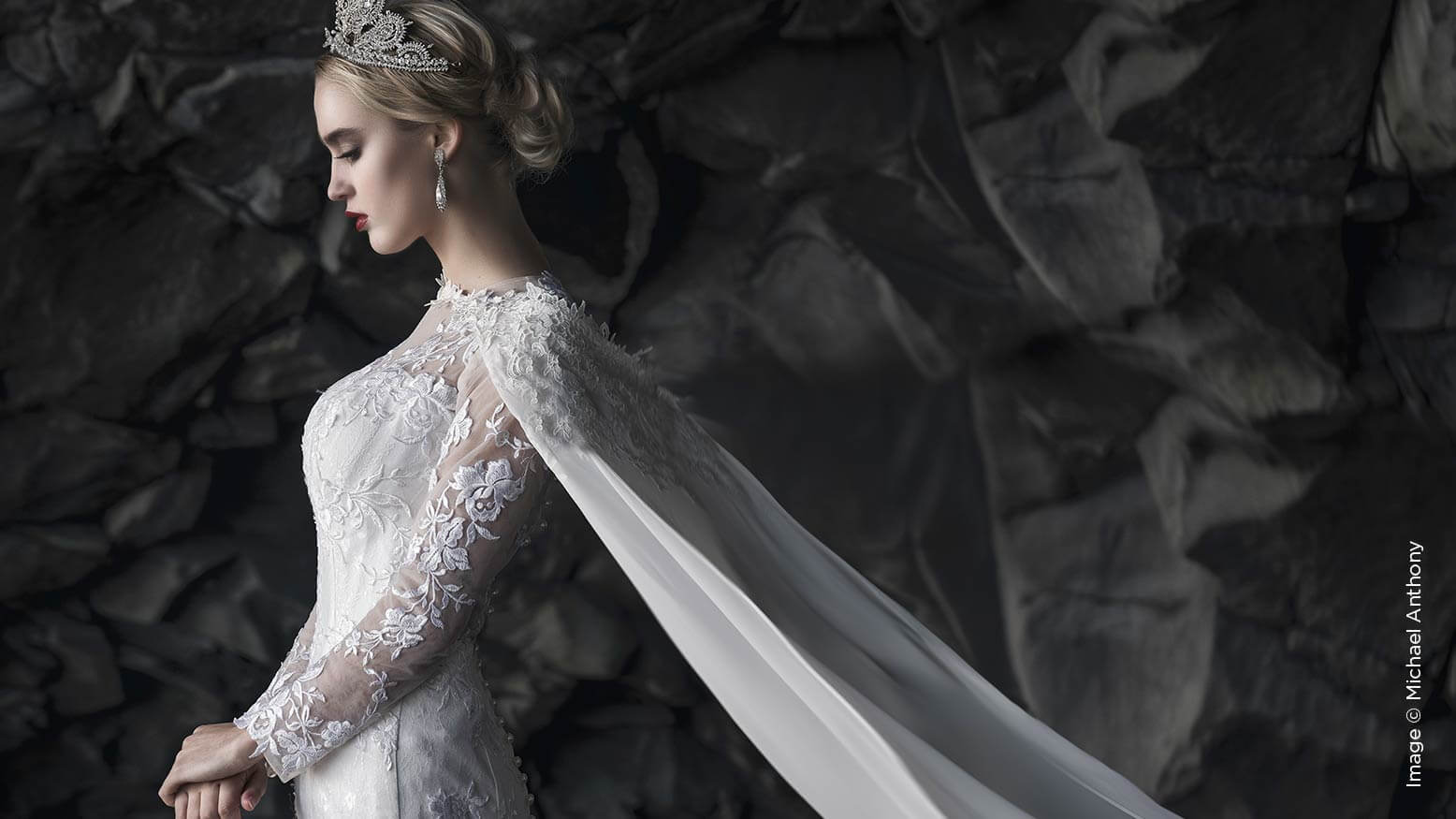Composition Tips for Better Photos
We pass many milestones in our lives, and when each new door opens, we grow in what we do. In photography, some of those moments include understanding how to use our cameras, the exposure triangle, and maybe even Bayer filters and circles of confusion.

